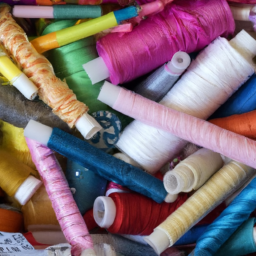
If you enjoy sewing but don’t have access to a printer, don’t worry! There are ways to work around it and still create beautiful garments using sewing patterns. In this article, we will guide you through the process of sewing patterns without a printer, ensuring that you can continue your sewing projects with confidence.
1. Tracing Patterns
To create a sewing pattern without a printer, you can use tracing techniques. Find a hard surface and place your computer screen or device displaying the pattern on it. Secure the pattern sheet to prevent it from moving. Then, place a transparent sheet or tracing paper on top of the pattern and trace the lines carefully. Make sure to mark any notches or important details. Once traced, remove the transparent sheet and use the resulting pattern to cut your fabric.

2. Measuring and Drafting
If you want to bypass tracing, you can measure and draft the pattern directly onto your fabric. Take thorough measurements of yourself or the intended wearer. Use a ruler or measuring tape to draw the pattern lines directly onto the fabric, following the measurements and any guidelines provided in the pattern instructions. This method requires attention to detail and accuracy, but it can be a viable option.

3. Inexpensive Alternatives
Consider using affordable sewing pattern alternatives. Some fabric stores provide sewing patterns in-store for a small fee, and they may offer assistance or guidance if needed. Local sewing groups or online communities can also be excellent resources, as many members are willing to share or lend their patterns. Additionally, you can explore free sewing patterns available on sewing blogs or websites.
4. Rely on Commercial Patterns
Commercial patterns are widely available in craft stores and online. These patterns come in neatly packaged envelopes with pre-printed tissue pattern sheets. They often include instructions and variations for different sizes and styles. While they may require some adjustments to fit perfectly, they can be an accessible solution for sewers without a printer.
5. Repurposing Existing Clothing
A creative approach to sewing without patterns is repurposing existing clothing. Find garments with similar shapes and styles to what you want to sew. Carefully deconstruct them, use the pieces as templates, and recreate the desired garment on your fabric. This method allows you to experiment and create personalized designs while recycling old clothing.
In conclusion, not having access to a printer shouldn’t hinder your sewing projects. By utilizing tracing techniques, measuring and drafting, exploring affordable alternatives, relying on commercial patterns, or repurposing existing clothing, you can continue sewing without printable patterns. Stay creative, resourceful, and enjoy the journey of sewing!
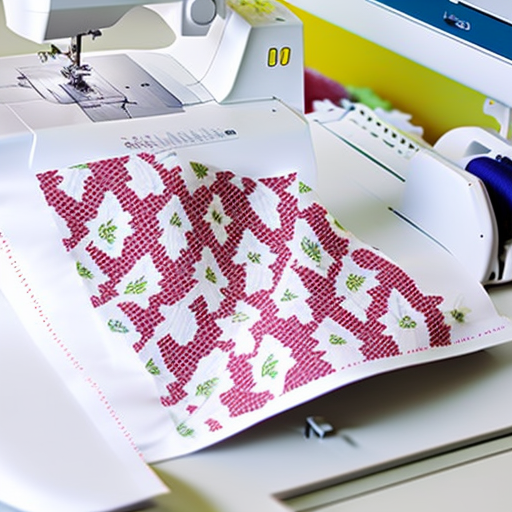
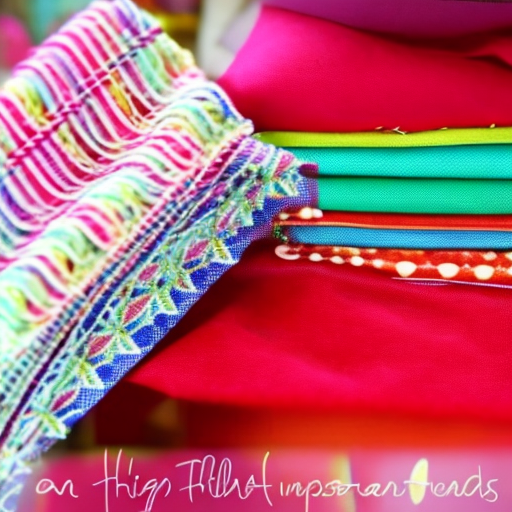
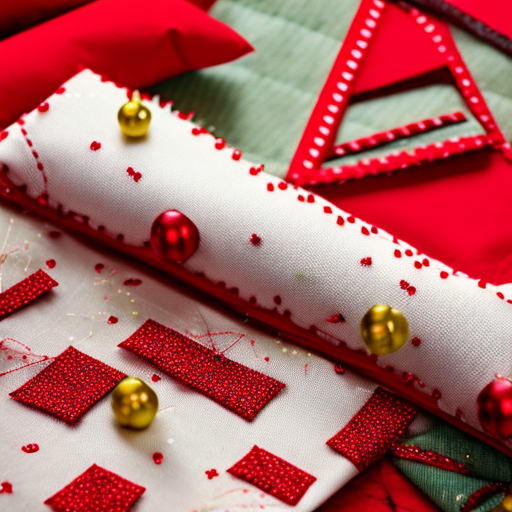
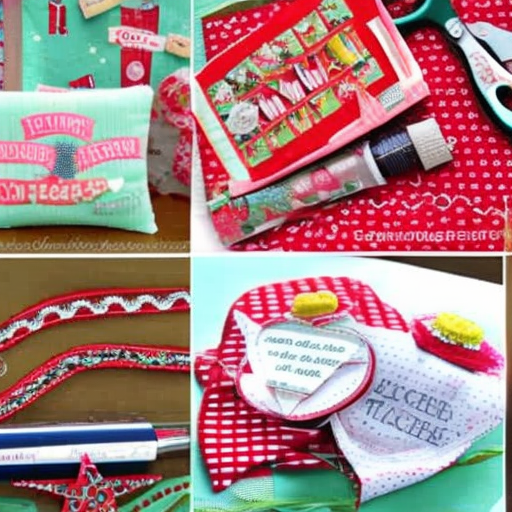
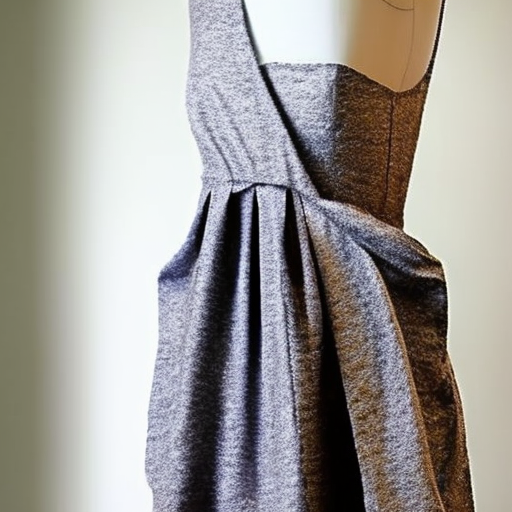
Nice post! So helpful for us who don’t have a printer. #sewing #handmade
Yes, definitely! Such a great hack for all of us sewers who don’t have a printer to make the patterns come to life. It provides a great way to have access to patterns without having to spend extra money! #DIY #sewing